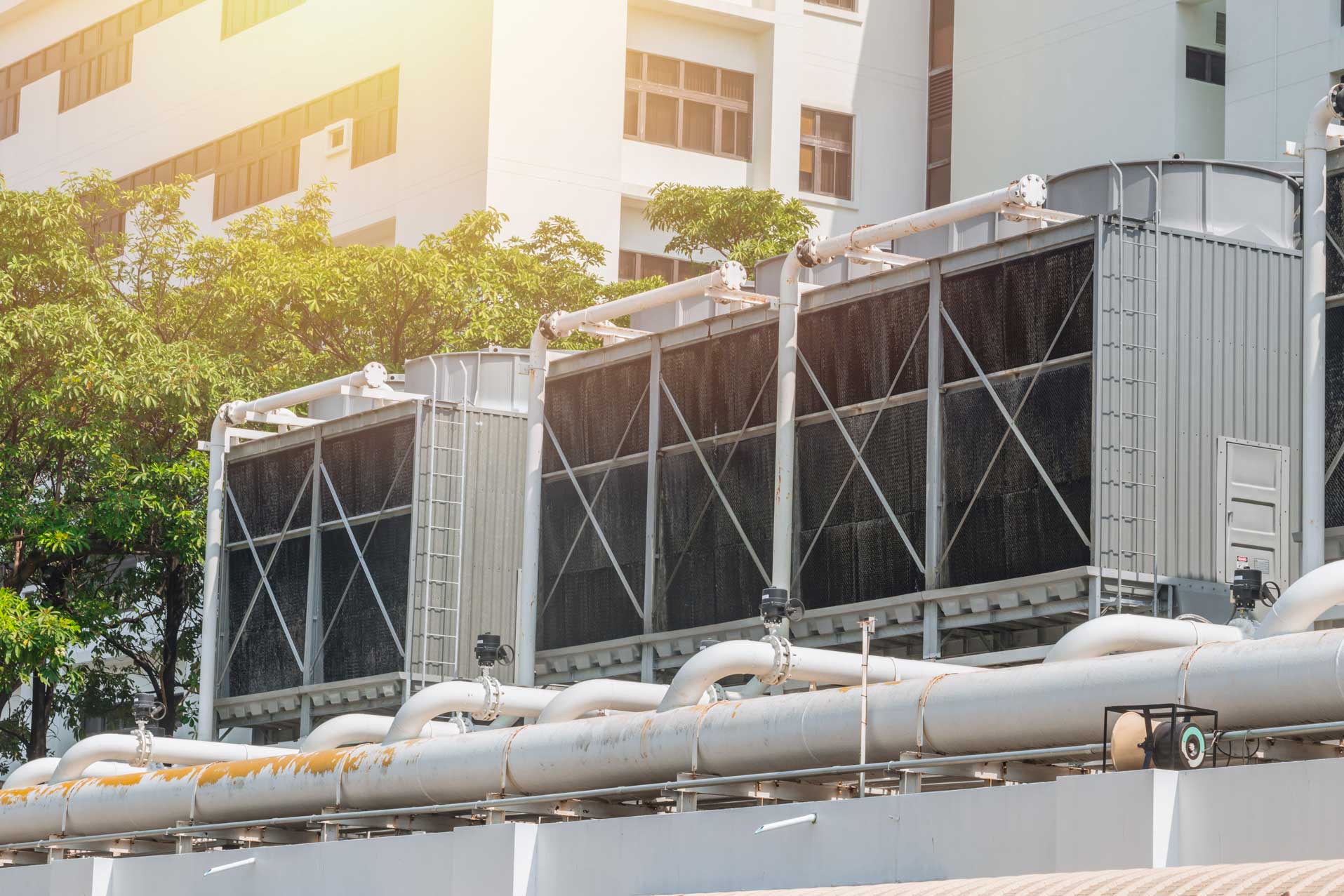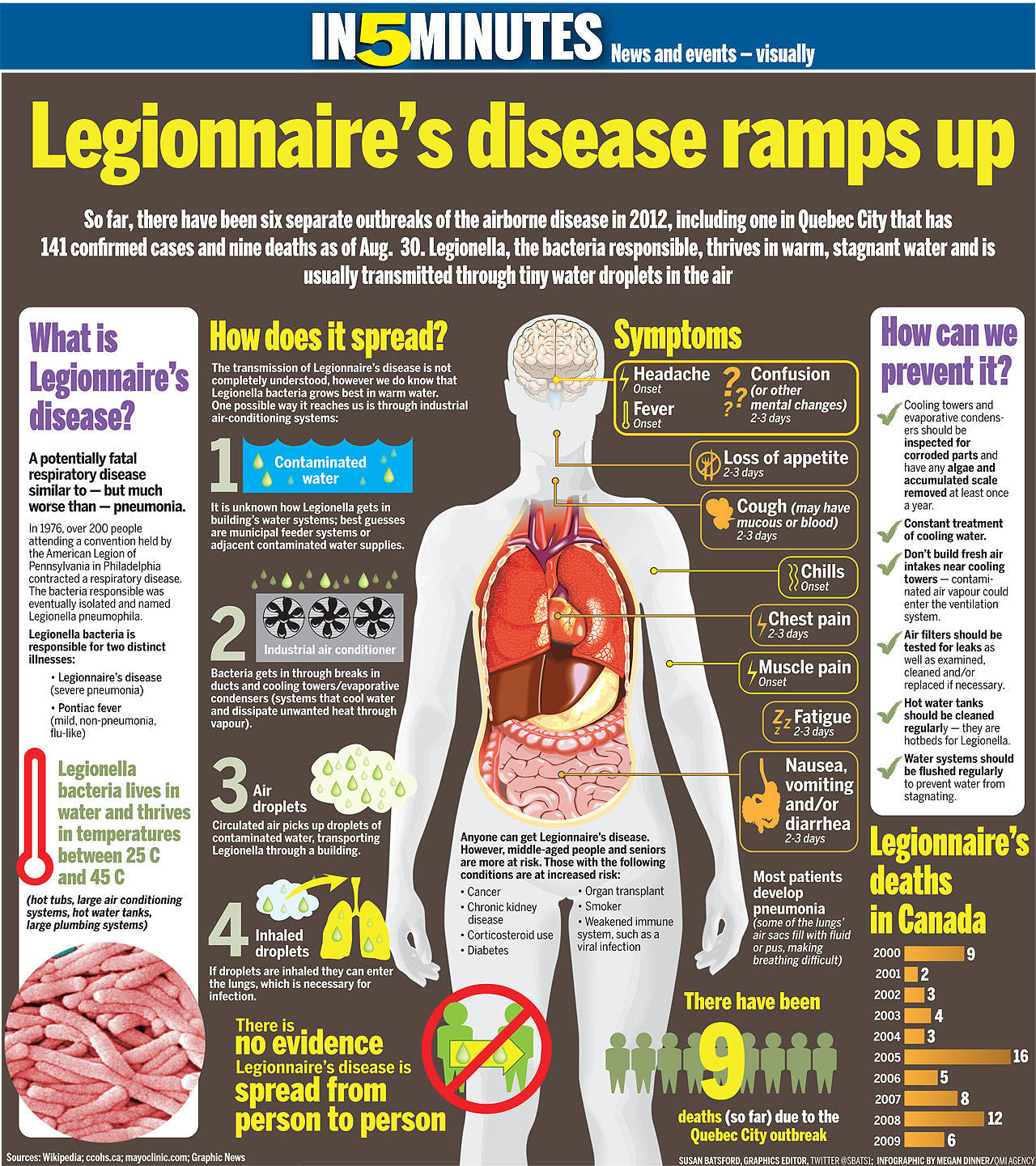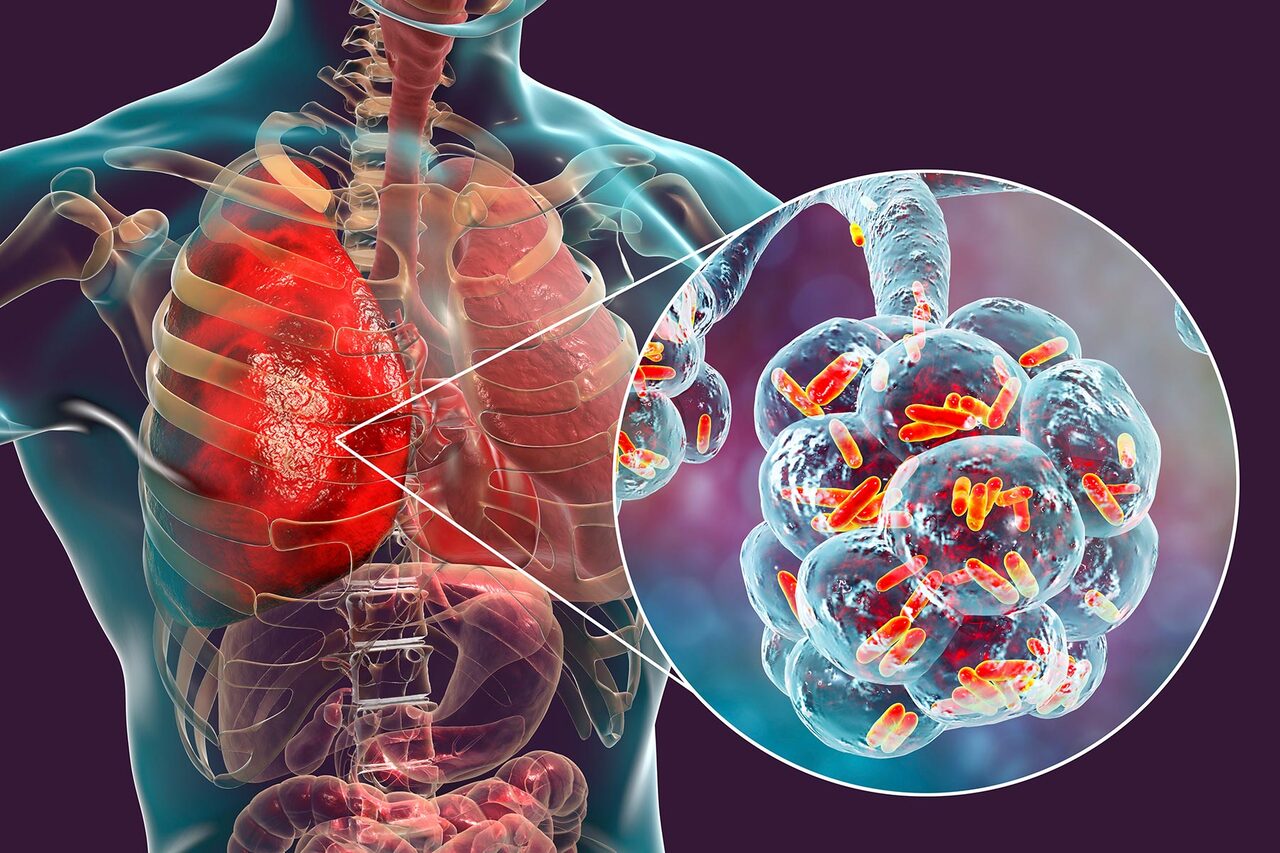NEW YORK CITY – A rapidly growing Legionnaires’ disease cluster in Central Harlem has public health officials urging immediate action. As of August 5, 2025, the New York City Health Department confirms two deaths and 58 diagnosed cases linked to the outbreak since its emergence on July 25th. This marks a sharp increase from just last week, when officials reported one death and 22 cases.
The Outbreak Zone
The affected area centers on five Harlem ZIP codes:
- 10027
- 10030
- 10035
- 10037
- 10039
…and bordering communities. Health officials stress that individuals living or working in these areas who develop flu-like symptoms should seek medical care immediately
Source Identified and Remediated
The NYC Health Department’s investigation pinpointed Legionella pneumophila bacteria in 11 cooling towers within the cluster area. Cooling towers are components of large air conditioning systems that release water vapor mist; inhaling contaminated mist is a primary transmission route for Legionnaires’ disease. The Health Department mandated immediate remediation, which has now been completed for all 11 towers.
“Anyone in these zip codes with flu-like symptoms should contact a health care provider as soon as possible. Legionnaires’ disease can be effectively treated if diagnosed early, but New Yorkers at higher risk, like adults aged 50 and older and those who smoke or have chronic lung conditions, should be especially mindful of their symptoms and seek care as soon as symptoms begin.” – Dr. Michelle Morse, NYC Acting Health Commissioner
Officials emphasize that the outbreak is NOT linked to building plumbing systems. Tap water is safe for drinking, bathing, showering, cooking, and using standard home air conditioners.
Understanding Legionnaires’ Disease: Symptoms and Risks
Legionnaires’ disease is a severe form of pneumonia caused by inhaling aerosolized water droplets containing Legionella bacteria. According to the CDC, Symptoms typically appear 2-14 days after exposure and include:
- High fever (104°F / 40°C or above)
- Cough (sometimes producing mucus or blood)
- Shortness of breath
- Muscle aches and chills
- Headaches
- Gastrointestinal symptoms like nausea, vomiting, or diarrhea
- Confusion or other mental changes
High-Risk Groups: The disease poses the greatest threat to:
- Adults aged 50 and older
- Current or former cigarette smokers
- Individuals with chronic lung diseases (like COPD or emphysema)
- People with compromised immune systems (due to conditions like cancer, diabetes, kidney failure, or medications)
- Those with underlying illnesses such as diabetes or renal disease
Transmission and Treatment: Critical Facts
- Not Contagious: Legionnaires’ disease cannot spread from person to person.
- Waterborne Transmission: Infection occurs by inhaling contaminated mist or vapor. Common sources include cooling towers (as in this outbreak), hot tubs, decorative fountains, showers, hot water tanks, and large plumbing systems.
- Treatable with Antibiotics: Early diagnosis and prompt antibiotic treatment are highly effective and crucial for preventing severe complications or death. Delayed treatment significantly increases risks.
A Growing National Concern
This Harlem cluster highlights a broader trend. Legionnaires’ disease cases have been steadily rising across the United States for decades. Factors contributing to this increase include:
- Climate Change: Warmer temperatures and increased rainfall create more favorable conditions for Legionella growth in water systems.
- Aging Infrastructure: Older water systems in buildings and cities can harbor bacteria more easily.
- Improved Detection: Greater awareness among doctors and wider use of rapid urine antigen tests (UAT) means more cases are being identified and reported.
Historical Context: The Philadelphia Origin
The disease earned its name after a deadly 1976 outbreak at a Philadelphia hotel hosting a Pennsylvania American Legion convention, where 34 people died. While identified then, retrospective studies confirmed earlier outbreaks, including one in Minnesota in 1957.
What Harlem Residents and Workers Should Do Now
- Know the Symptoms: Be vigilant for cough, fever, chills, muscle aches, and shortness of breath.
- Seek Immediate Care: If you develop symptoms and live, work, or have spent time in the affected ZIP codes since late July, contact a healthcare provider immediately. Mention the Legionnaires’ outbreak and your potential exposure.
- High-Risk Individuals: If you fall into a high-risk category, be extra proactive. Do not delay seeking care at the first sign of illness.
- Prevention Focus: While the immediate source (cooling towers) is remediated, general prevention involves proper maintenance of all building water systems to prevent bacterial growth.


The NYC Health Department continues to monitor the situation closely. This outbreak serves as a stark reminder of the importance of vigilant water management in our built environment to protect public health.
